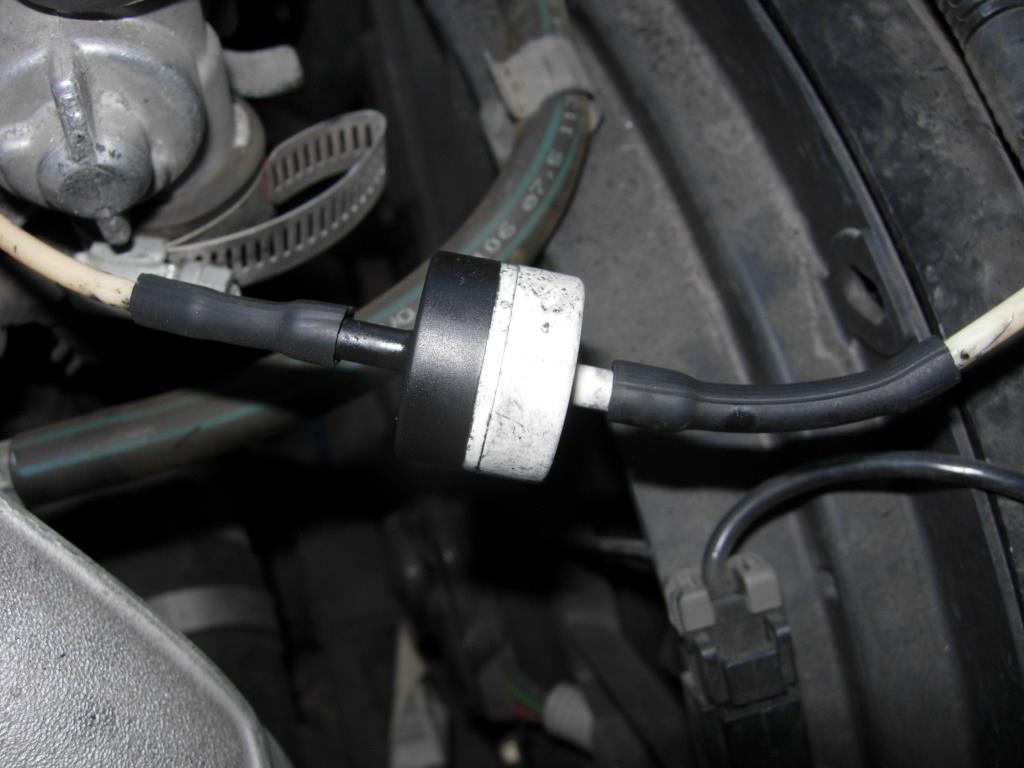Components:
 |
| SAS vacuum check valve |
| SAS air injection pump |
| SAS valve |
| SAS air pump relay |
| SAS solenoid valve |
Testing:
Ensure all fuses are okay, battery voltage is at least 11.5 volts, all electrical accessories are off, A/C is off. Ensure engine is mechanically sound.
1. With the car off and cold check hoses and components of Secondary Air Injection System, for damage, loose fit and improper installation, check vacuum hoses of Secondary Air Injection System. Repair as necessary. Erase DTC (Diagnostic Test Codes) memory. Verify repair. If DTC does not reset, test is complete.
2. The SAS valve is tested on the car. With the car off and cold, disconnect the small vacuum hose at the valve. Disconnect the large hose from the valve. Using another piece of hoses, (you will be blowing and sucking on these, so make sure you have enough length) connect one to the small port and the other two the large port. First, try blowing into the large hose, you should not be able to, it should be closed. Then using a vacuum pump or someone else, such on the small hose (this should open the valve) now blow into the large hose (you should be able to blow). If either fails, replace the valve. A secondary test is with the car running: Disconnect the large hose from the valve, the valve should not leak exhaust out the hose fitting toward the air pump. Suck on the small hose it should open.
3. The check valve is tested similarly. With the car off and cold, disconnect the check valve, try alternating blowing and sucking on each end. If it fails, replace it. NOTE the properly placement in the line (DO NOT REVERSE).
4. The air pump relay switches the high-powered pump motor on and off with a low level signal from the ECM. Newer 850 models have the relay attached to the pump while older models have the relay mounted nearby. Relays can fail or have connection problems which cause the air pump to not operate.
5. Verify with engine running, there is sufficient vacuum to the solenoid, activate the solenoid to see if the vacuum gets to the check valve. If not, check for broken hoses.
6. It is possible to check the air pump by supplying power directly to it. Check your wiring diagram for info. Use a fused jumper. It works or it does not.

















